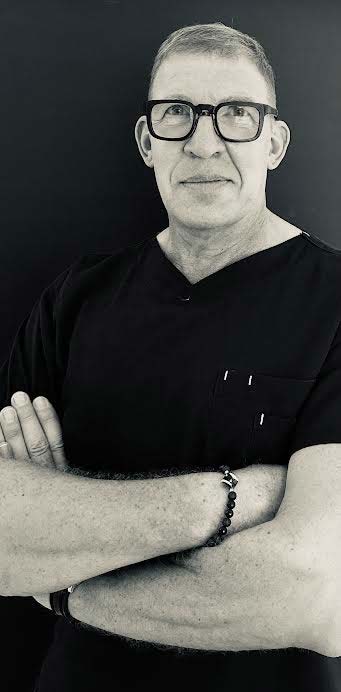PRP is a natural injection product that has been used for a very long time in regenerative medicine (osteoarthritis, tendinopathy, etc.). Its virtues are now increasingly used in anti-ageing medicine: it can rejuvenate and beautify the skin of the face, neck, décolleté and hands, and treat certain skin imperfections.
PRP is prepared from the patient’s own blood. It is therefore an autologous product, 100% biocompatible and without any risk of rejection or allergy.
PRP regenerates the skin by acting deep within the dermis and stimulating stem cells.
This platelet-rich plasma preserves the skin’s natural moisture and protects it from all external aggressors (tobacco, pollution, etc.). Ideal as soon as the first signs of ageing appear for an immediate radiance boost and to delay the appearance of the first wrinkles. It has been widely used and publicised as the “Vampire Lift” in show business circles.
PRP is also suitable for reducing dark circles, improving the appearance of all scars (acne scars, accidental scars or scars following surgery) and treating stretch marks.
PRP also slows hair loss and stimulates regrowth.
Depending on the indication to be treated, a complete PRP treatment involves three to six sessions.
Each session is spaced four to six weeks apart. The effectiveness of treatments depends to a large extent on the quality of the PRP, which in turn depends on the use of sampling equipment. At Aetheticare, we use a unique sampling technology to ensure the highest possible quality. PRP can also be enriched with fibrin to give it greater volume (acne scars), in which case it is known as PRF (for Plasma Rich in Fibrin).
Every surgical procedure can involve risks and complications that the patient must accept; your plastic surgeon will make it his duty to reduce the rate of these by choosing the technique best suited to your medical situation. Complications such as haemorrhage, wound or prosthesis infections and poor healing, although relatively rare, can occur with any type of surgery. This document has been drawn up to supplement the information received during the consultations. This text is not exhaustive, and cannot replace a specialist consultation; it may answer certain questions or raise others. Each patient will receive full and detailed information, in line with their own medical status and the procedure of their choice.
For more information, please consider a consultation or visit the website of the official body of the Royal Belgian Society of Plastic Surgery : www.rbsps.org
Your plastic surgeon creating natural beauty

Design with ❤ by Mataora.com